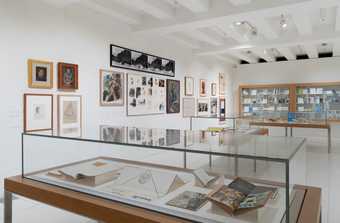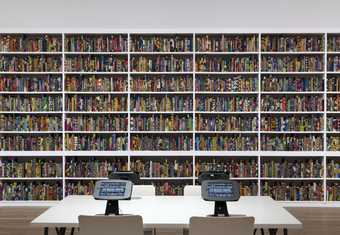Discover how artists have used printed matter as a medium through a selection of artists' books
An artist's book is conceived by an artist as a work of art, though it may not be physically made by them. It is usually cheaply produced, so that many copies can be made and widely circulated. In this way artists' books are different from many other kinds of artwork, in which uniqueness is an important factor.
Since the 1950s, artists have used books to engage with audiences directly. Often they have asked readers and viewers to reflect not only on the publication itself, but also on the way it has come into their hands. How the books are distributed can raise questions about ownership and art as commodity. Artists' books also have a complex status as both artworks in themselves and documentation. Their place within the museum – and art history more widely – is not fixed.
In recent decades, artists’ publications have explored the entangled, evolving relationship between printed books and digital media. Technology has transformed how artists make and distribute publications, and how they understand them. Amid the explosion of digital content, what is a book today and what can it do?
Tate Library holds a large, international collection of artists’ books, together with a wide range of other art publications. Displayed around the room are treasures from Tate Archive, documenting key developments in British art across the 20th century. Tate Archive contains over 20 million pieces, and is now the world’s largest archive for British art.
To make an appointment to view Library and Archive items in the Hyman Kreitman Reading Rooms at Tate Britain email reading.rooms@tate.org.uk.


